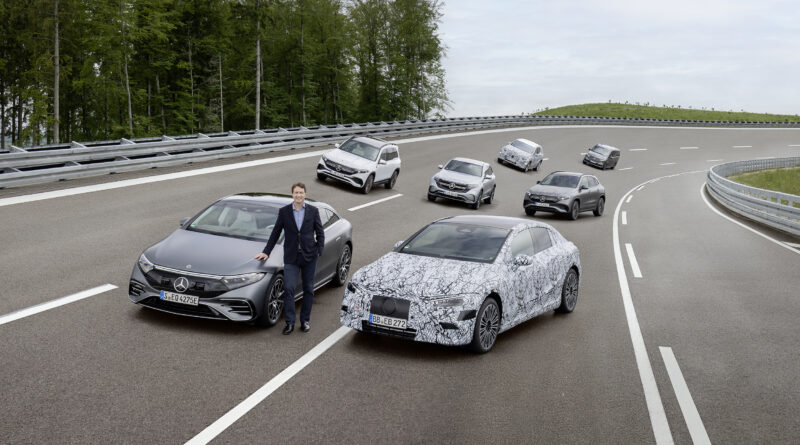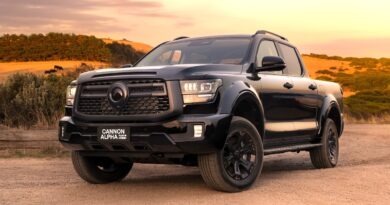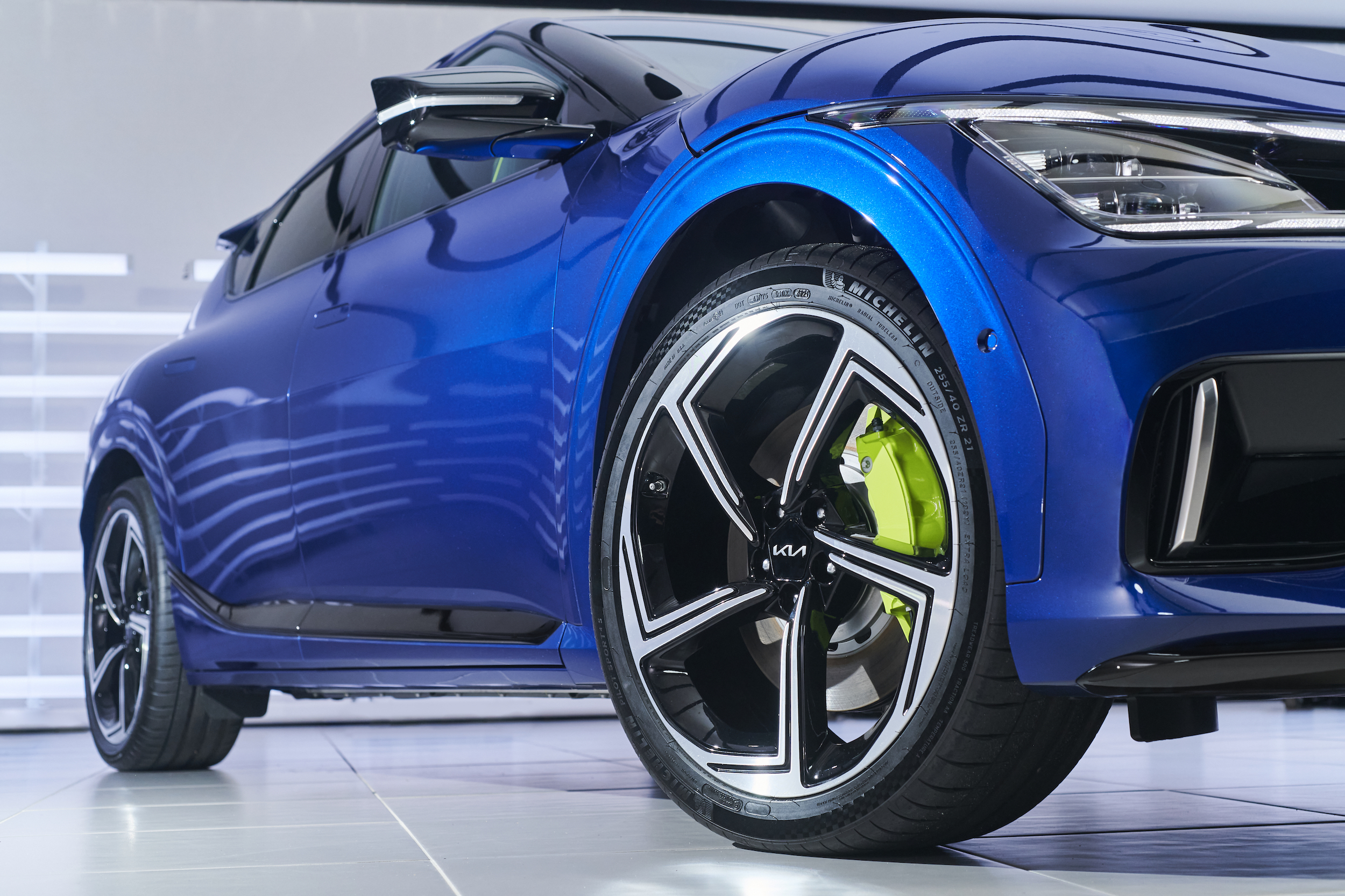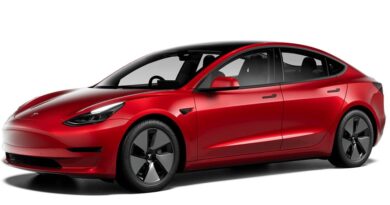ICE out as Mercedes-Benz plans all-electric range by 2030
Mercedes-Benz will stop spending on petrol engines within years as it moves towards a fully electric lineup by 2030.
The world’s oldest car maker is committing €40 billion ($64 billion) to the development of batteries, electric motors and new EV platforms as it fast-tracks its shift towards electricity.
And rather than the PHEVs that have been a big part of Benz’s slow electrification move, the company is envisaging a post-2030 world of BEVs.
It is acquiring UK-based company Yasa to develop future axial flux electric motors – which provided the electric motors for the Ferrari SF90 Stradale PHEV – rather than buy them from suppliers.
FIRST DRIVE: Mercedes-Benz EQS electric limousine
READ MORE: Mercedes-Benz EQS electric limousine revealed: the S-Class goes EV
READ MORE: The end of range anxiety… Mercedes-Ben Vision EQXX to deliver 1200km range
READ MORE: Target EV: The year each car brand promises to go electric
And Mercedes-Benz has committed to manufacturing eight new battery gigafactories as it looks to ramp up its annual battery manufacturing capacity to 200 gigawatt-hours, enough to manufacture 3.3 million cars with a 60kWh battery pack.
“The EV shift is picking up speed – especially in the luxury segment, where Mercedes-Benz belongs,” said Ola Kallenius, CEO of Daimler and Mercedes-Benz.
“The tipping point is getting closer and we will be ready as markets switch to electric-only by the end of this decade.”
Kallenius said the announcement marked a major shift for the car maker that is racing to keep up with demand in the EV space.
“This step marks a profound reallocation of capital. By managing this faster transformation while safeguarding our profitability targets, we will ensure the enduring success of Mercedes-Benz.”
ICE spending almost zero by 2025
Mercedes-Benz told overseas outlets its spending on internal combustion engines will fizzle out to almost nothing by 2025, at which point the company will unveil three ground-up EV architectures: one for its regular Mercedes-Benz passenger cars and SUVs, one for high-performance AMG models and one for light commercial vehicles such as vans.
That in itself marks a shift for Mercedes-Benz. The current Mercedes-Benz EQA and EQC are based on existing ICE platforms – the GLA and GLC respectively – Mercedes-Benz arguing that gave it manufacturing flexibility as it tested the demand for EVs.
And the upcoming Mercedes-Benz EQS is sure to set to provide little reason to buy what was formerly the pinnacle of Mercedes-Benz technology: the S-Class limousine.
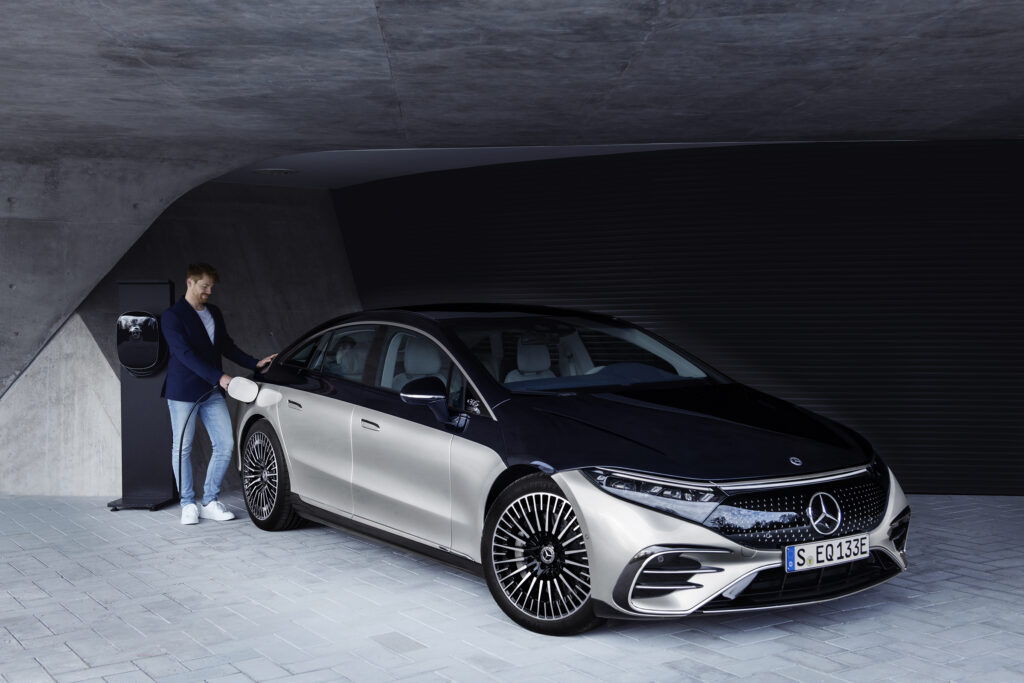
Kallenius says the target is to make customers want EVs rather than be forced into them through regulations or a lack of offerings. And the EQS is playing a role there.
“Our main duty in this transformation is to convince customers to make the switch with compelling products,” he said. ”For Mercedes-Benz, the trailblazing EQS flagship is only the beginning of this new era.”
G-Wagen could break EV flow
While Benz is promising all-electric, it has kept the door cracked open for ICE for certain parts of the world, with an out clause saying “Mercedes-Benz will be ready to go all electric at the end of the decade, where market conditions allow”. In other words, if it can’t compete with an EV we’ll keep producing petrol- or diesel-powered models using old tech.
One car that could break the 2030 EV deadline is the Mercedes-Benz G-Wagen. The G-Wagen – or G-Class – is the brand’s boxy off-roader that was created initially for military use but has morphed into a popular civilian vehicle, especially in wild (and thirsty) V8-powered G63 AMG guise, complete with side exit exhaust pipes and lashings of bling.
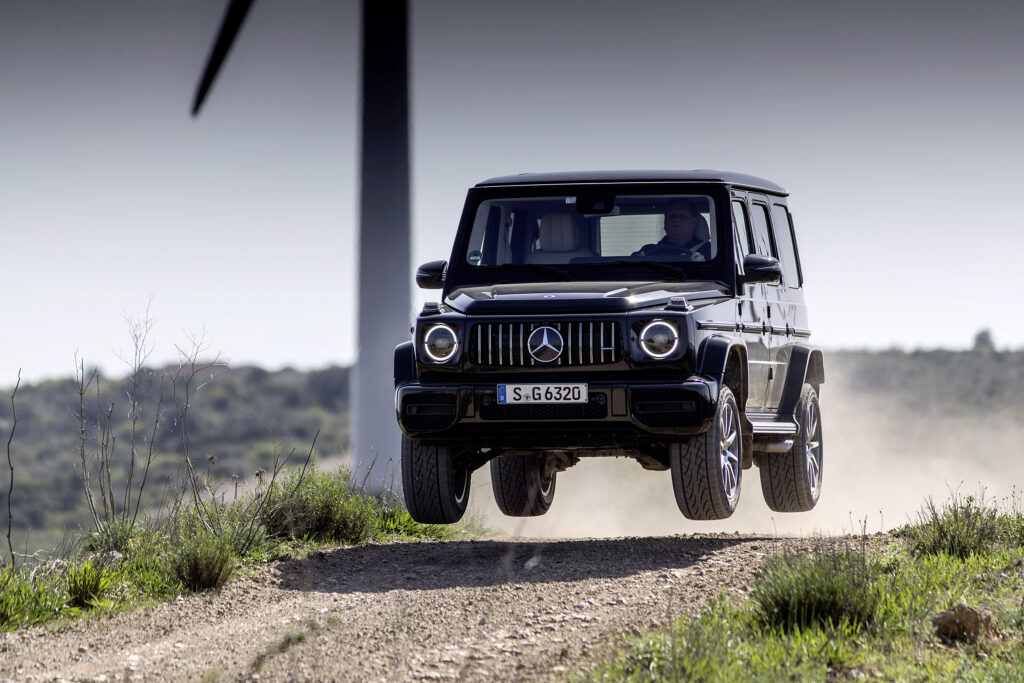
A few years ago Mercedes-Benz committed to an all-electric G-Wagen – a car expected in the next couple of years – but there’s a decent chance some buyers will want fossil fuels powering the G-Wagens beyond the 2030 deadline.
Still, the shift to all-electric is a dramatic change from 2019, when Mercedes-Benz unveiled its Ambition 2039 plan that said just half of its cars sales would be electric and plug-in hybrid by 2030. Just two short years ago Benz still wasn’t prepared to offload ICE by 2039.
Now it is all but waving goodbye to the technology that has powered almost every Mercedes-Benz since 1886.
Chasing Tesla…
No doubt Tesla has played a huge role in the Mercedes-Benz change of position. Tesla showed the premium brands how to make electric cars and they are now playing catch-up – albeit just as Tesla keeps sharpening its prices.
The C-Class that was once the top-seller in the Mercedes-Benz range is now outsold by the Tesla Model 3 that first went on sale in 2019.
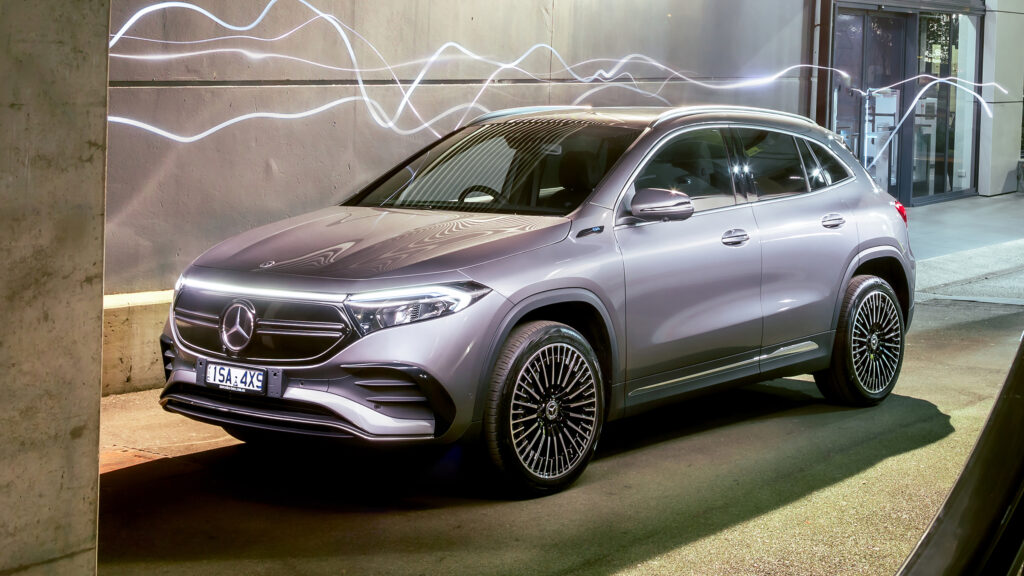
And Tesla still holds the higher ground on efficiency, typically using less electricity to do the same thing or more than its rivals. The just-released Mercedes-Benz EQA250 is claimed to use 16.2kWh of electricity per 100km whereas the Tesla Model 3 Standard Range Plus uses 13.2kWh/100km.
Mercedes-Benz says it imminent acquisition of electric motor manufacturer Yasa was crucial to the new strategy and would help prove the efficiency of its EVs, something expected to be showcased in the Vision EQXX concept car that is expected to offer a 1200km range.
Benz also says it will work on software and inverters to boost efficiency.
All part of the fast-evolving EV race – one that promises to produce better cars in future.

